
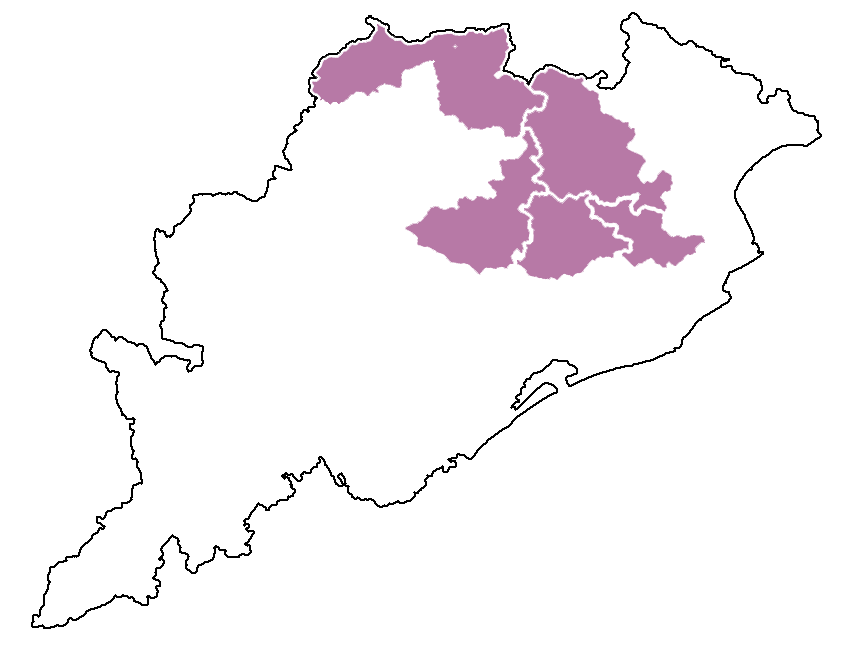 Odisha
Odisha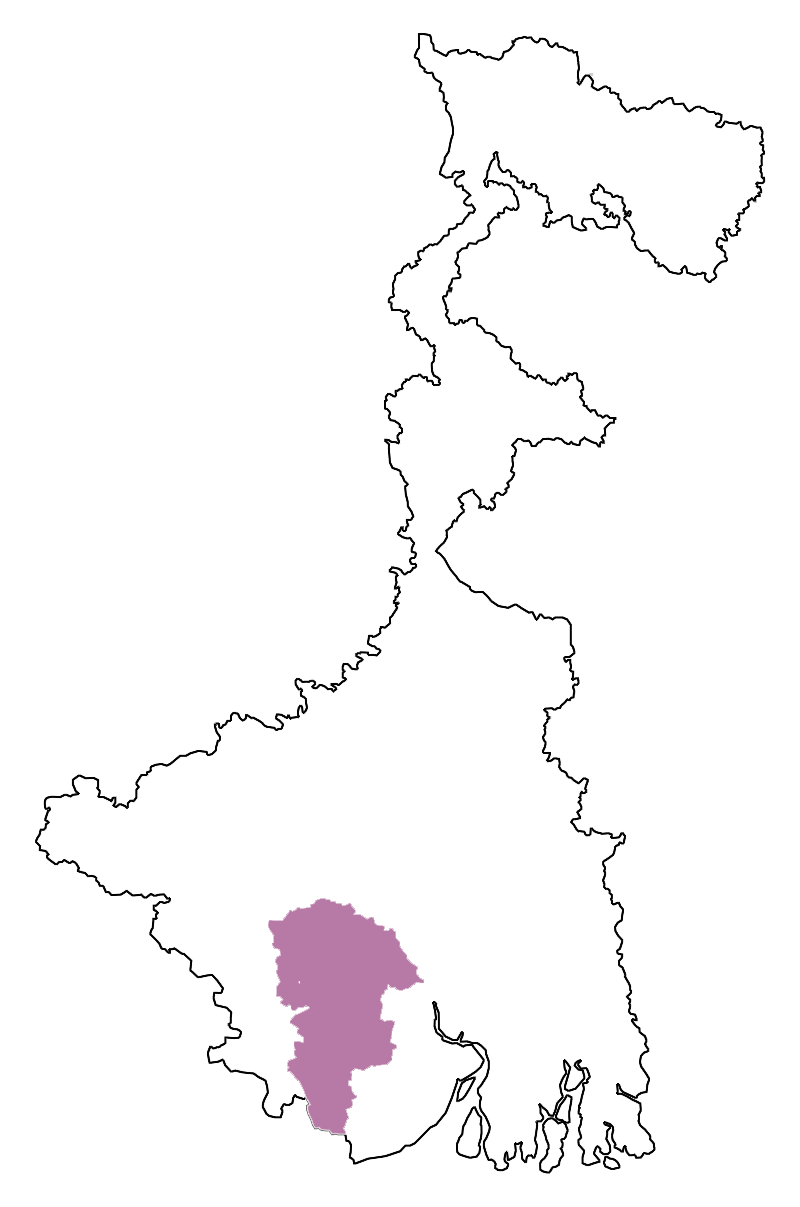 West Bengal
West Bengal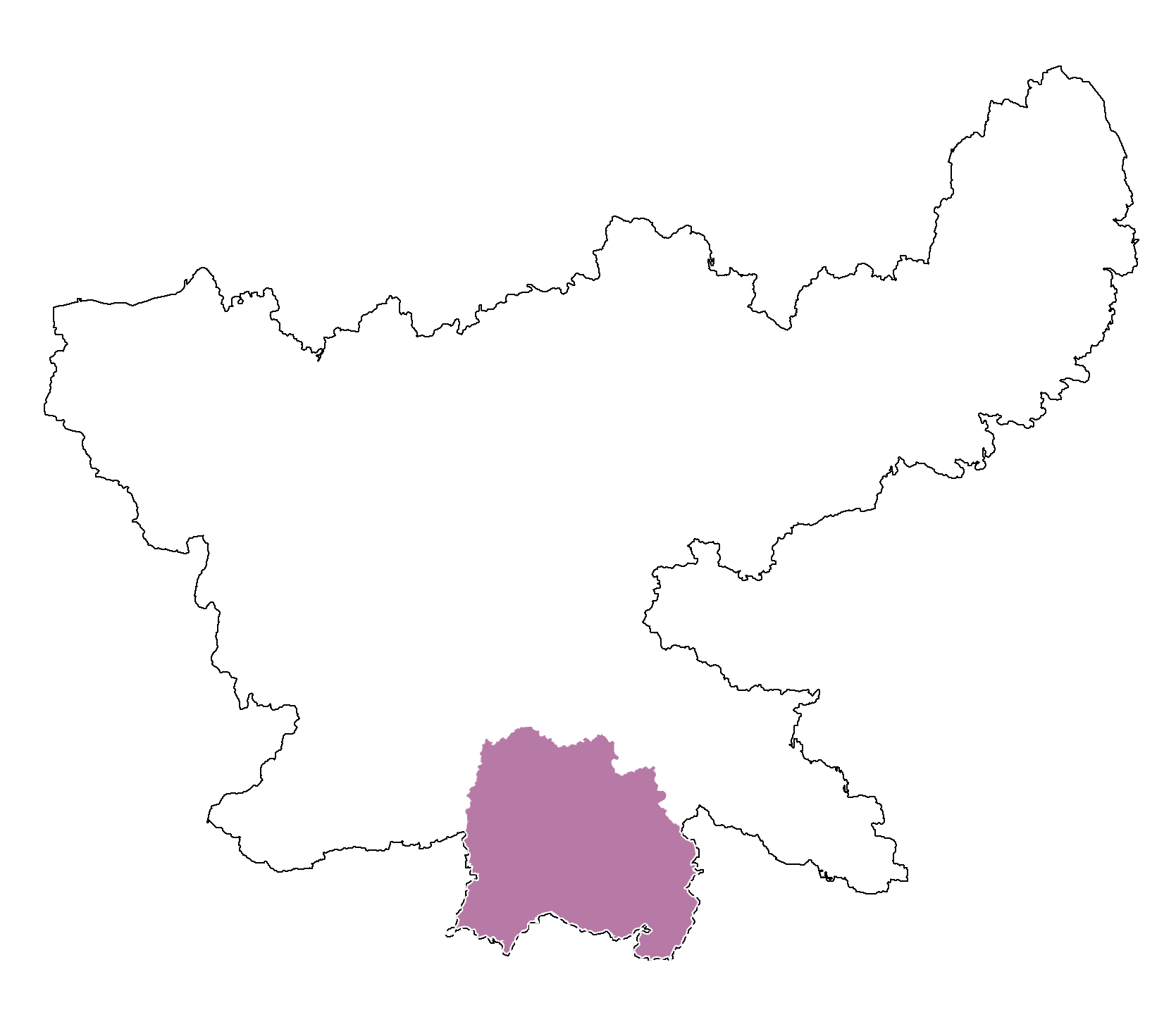 Jharkhand
Jharkhand
Complete coverage of an entire administrative unit, usually a block or a district to take advantage of all the administrative linkages in the block/district and work with all actors engaged in the education system
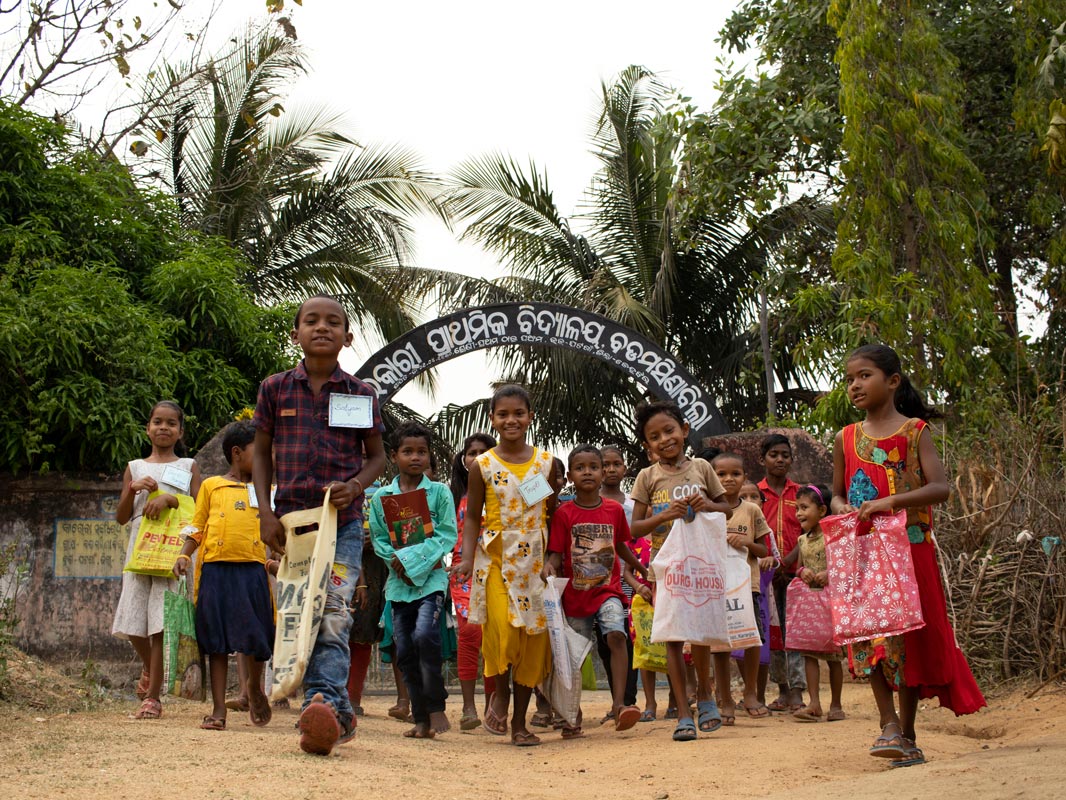
Complete coverage of all children aged 3 to 16 to capitalize on economies of scale and ensure that no child falls behind

Hire locally from the same villages and panchayats where the project is being implemented to ensure local capacity building and a stake in the program

Community bodies and Gram Panchayats are at the forefront of the Program and all interventions are implemented after a formal resolution is passed by them

Complete coverage of an entire administrative unit, usually a block or a district to take advantage of all the administrative linkages in the block/district and work with all actors engaged in the education system

Complete coverage of all children aged 3 to 16 to capitalize on economies of scale and ensure that no child falls behind

Hire locally from the same villages and panchayats where the project is being implemented to ensure local capacity building and a stake in the program

Community bodies and Gram Panchayats are at the forefront of the Program and all interventions are implemented after a formal resolution is passed by them
The ACCESS vertical is focused on ensuring every child is in school, participating and moving towards completion of secondary school, in the following ways
The LEARNING vertical is specially designed to:
The GOVERNANCE vertical aims to build ownership of communities in the education agenda through
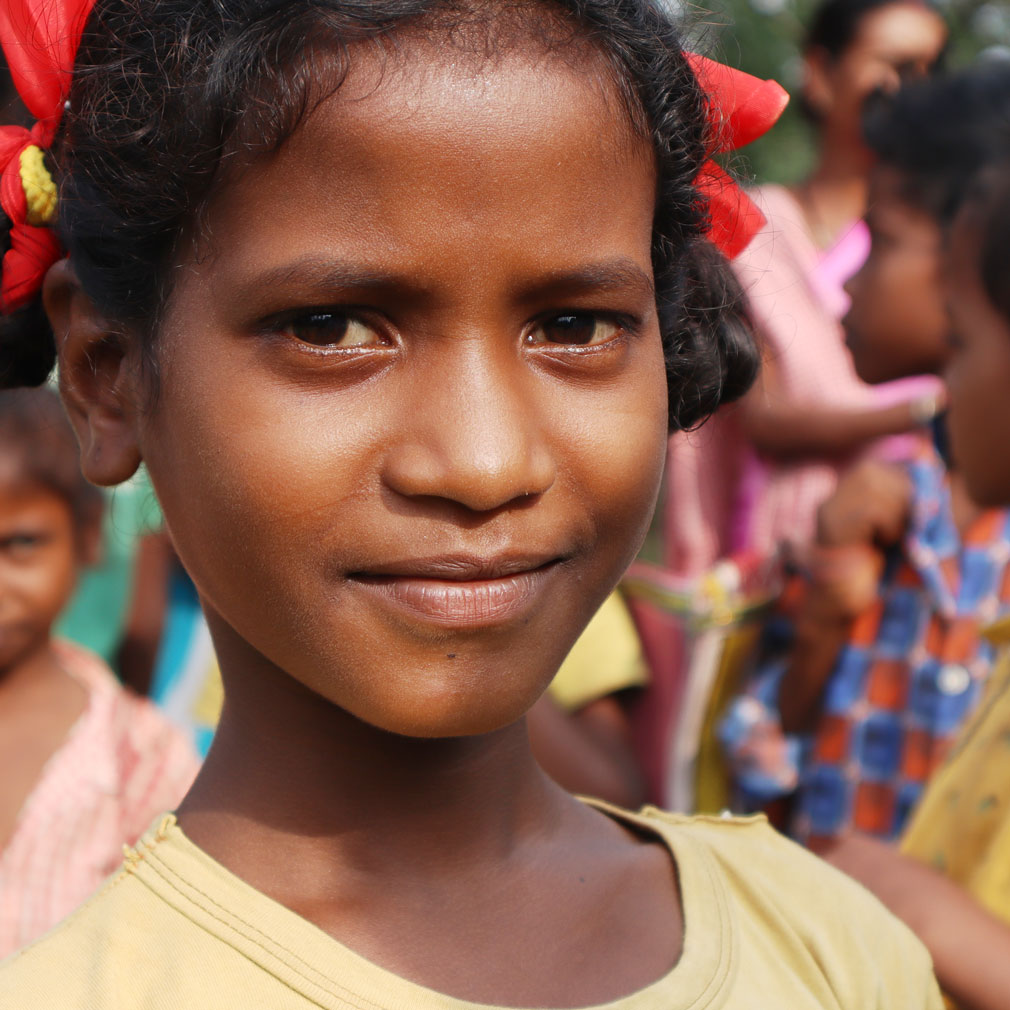
Logo: Professor Amit Sheth
Website Design: Milanth Gautham